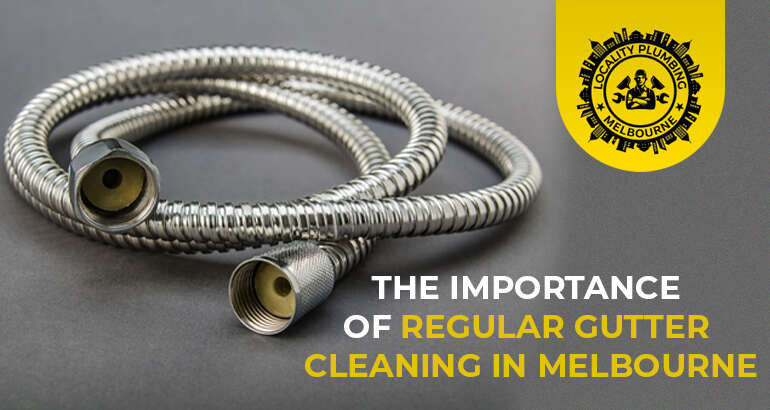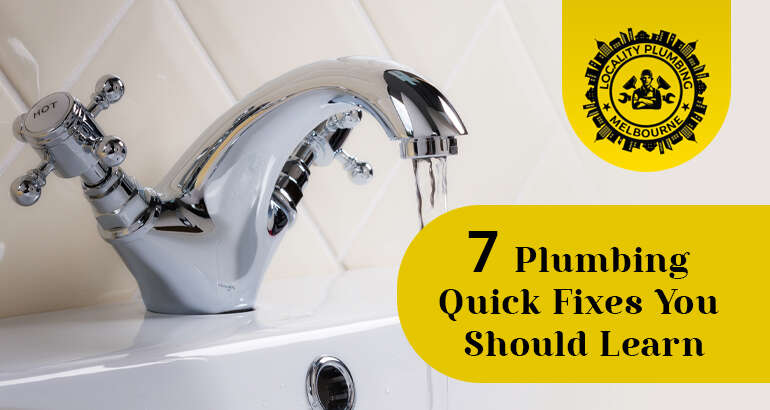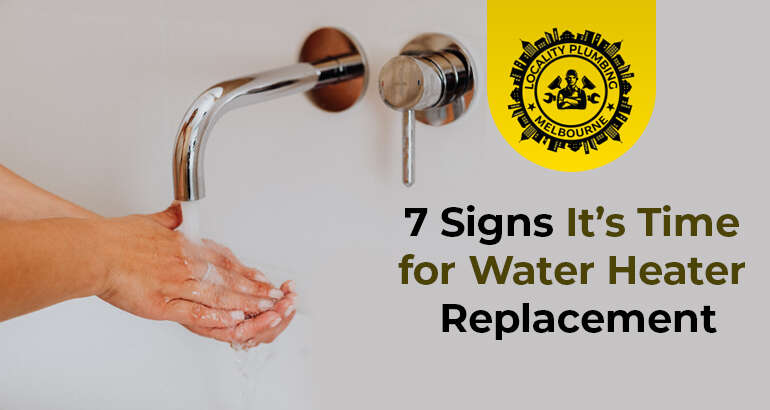
Clear a Blocked Drain With These 9 Simple Tricks
There are numerous methods for unclogging a drain, but it is not always clear which method is best for your home’s plumbing. Starting with the gentlest solutions is always best to avoid damaging your pipes before moving on to more aggressive measures.
Here are nine easy DIY methods to unclog a drain in your home.
To Unclog a Sink – Use a Bent Wire Hanger
Hair, skin, dirt, and food particles can easily clog your drains because they bind to the soap scum that accumulates on the walls of your drain pipe. This can slow down water flow over time.
A simple hanger can be used to unclog a clogged sink. Straighten out a regular coat hanger and form a small hook shape at one end of the wire. Begin “fishing” by slowly inserting this end into the plughole. Pushing the hanger downward can cause the blockage to move further down the drain. Instead, use gentle “prodding” and “hooking” motions to dislodge and remove the gunk lodged in your drain.
For Shower and Toilet Drains – Dish Detergent
Hair easily clogs shower drains. Poop, excess toilet paper, wipes, female sanitary products, or cotton wool balls (always throw anything other than toilet paper in the trash!).
Dish detergent is an excellent choice for these areas because it breaks up residue and lubricates your drain. Add a cup of dish detergent, then a cup of boiling water. Then, using a plunger, help remove the blockage. You can also put on rubber gloves and clear the clog with your hands.
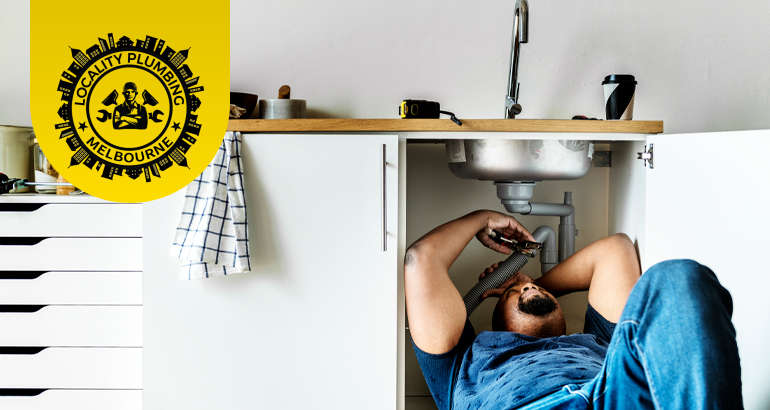
Baking Soda and Vinegar
This isn’t just for your seventh-grade volcano! The fizzing power of this mixture can also help clear mild clogs, such as those in your bathroom sink.
Pour boiling water down the drain and wait for it to clear. Pour half a cup of baking soda down the drain next. After that, add one cup of hot water and one cup of white vinegar. Allow this mixture to work its magic for at least one hour, preferably for as long as possible for maximum effect.
After that, use the hot water tap to drain it and check to see if the water is draining properly.
Baking Soda Doesn’t Work? Try Washing Soda
If baking soda fails you and you need a stronger homemade alternative, washing soda is your best bet.
Washing soda, also known as sodium carbonate, is a common ingredient in cleaning products and an excellent DIY tool for unclogging drains. It is more alkaline than baking soda and thus a more effective drain cleaner.
Pour boiling water into the sink, then a mug of washing soda. After that, pour in a mug of boiling water and set aside for 5 minutes. This should aid in the removal of any obstruction. Repeat the process if your sink is still draining slowly.
Just search drain plumbers near me to get to the website of Locality Plumbing.
Use a Wet/Dry Vacuum
A wet/dry vacuum cleans both liquids and dry dust and dirt, as the name implies. These creatures frequently suck waste from clogged drains, especially severe blockage.
Make a seal over the plughole before you begin to avoid a mess – an old plunger head placed over the hole works well. Then, set the vacuum to the liquid setting with the strongest suction and place it over the plughole. Turn on the vacuum and let it run for 1-2 minutes. Then turn off the water and run it gently to see if the sink has unblocked.
Coke
Coke is a lesser-known fix that you can find in your fridge. Pour a 2-liter bottle of cola down the clogged drain — Pepsi, Coke, or generic brand substitutes.
Coke is caustic and effective at removing buildup from drains, but it is gentler than commercial drain cleaners. Allow it to sit for at least one hour before turning on the hot water to drain it.
When not to use soda or cola
Cola is best used for stubborn blockages. Due to their acidity, soda beverages can easily clean grime from pipes. However, because of the sugar syrup, they can leave a sticky film. If you only have a minor sink clog, try an alternative method such as baking soda or washing soda.
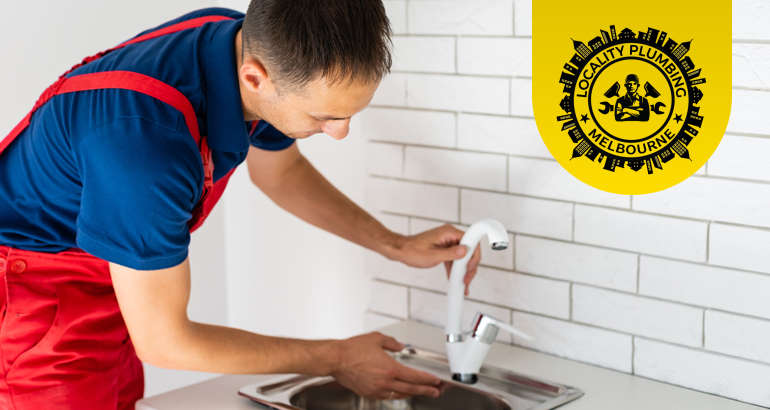
Clean the P-Trap
If the vinegar or baking soda method fails to unclog your drain, you may need to physically remove the clog’s source. You don’t have to hire a plumber to clean the p-trap; you can do it yourself!
The p-trap is the curved pipe beneath your sink that collects debris and prevents it from entering the rest of your home’s plumbing system. Place a bucket beneath your sink to catch any excess water, and unscrew the u-shaped pipe beneath your sink with a wrench or pliers. Empty the p-trap and transfer it to another sink to rinse and clear any debris. Then replace to see if your clog is gone.
Plungers
If none of the mixtures work, manually unclog your drain with a plunger. A simple toilet plunger will not suffice if you work with a smaller drain, such as one in your sink or shower. A cup plunger designed for smaller drains is required.
Remove the grate or stopper, insert the cup plunger into the drain, and create the tightest seal possible (applying petroleum jelly to the plunger’s rim can help). Then, plunge vigorously, run water to see if the clog is gone, and repeat as needed.
Caustic Soda
Because it can cause chemical burns, caustic soda is harsher than natural alternatives. Caustic soda, also known as sodium hydroxide, requires eye goggles (or alternative eye protection) and rubber gloves. When handling this chemical, exercise extreme caution and keep the area well-ventilated.
Pour three-quarters of a gallon of cold water into a bucket, followed by three cups of caustic soda. With a wooden spoon, thoroughly combine all ingredients. The mixture should begin to bubble. Pour the mixture down the clogged drain and leave it to work for 20 to 30 minutes. To remove the mixture, pour boiling water down the drain. You may need to repeat this procedure if your drain is severely clogged.
Why do your drains keep clogging
You might be someone whose clogs keep coming back no matter what you do. Here are the most common reasons.
Your house is old
Older homes have older pipes that are more prone to clogging and leaks. Their brittle interior walls encourage gunk to cling to the surface.
If this is the case for you, try to pinpoint the locations in your pipes prone to blockages. Instead of replumbing your house, you can simply replace the piping in those areas. Finally, install a leak detection system to monitor water flow and prevent leaks.
Your vents are plugged
If your drain plumbing isn’t properly vented, chronic clogs form. Check to see if your plumbing vents are blocked, if you have a recurring slow drain when you wash your hands or brush your teeth, or if water keeps coming back up through the plughole after you’ve cleared your clogs.
Conclusion
Clogged drains are inconvenient, especially if they occur regularly. Before using harsh chemicals, always try to remove any physical impediments. If you must pour something down the drain, use gentler solutions before reaching for the big Drano guns.

